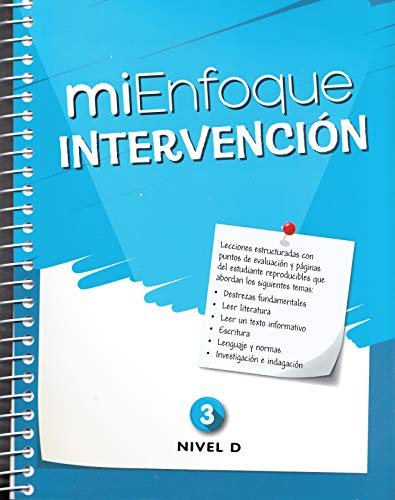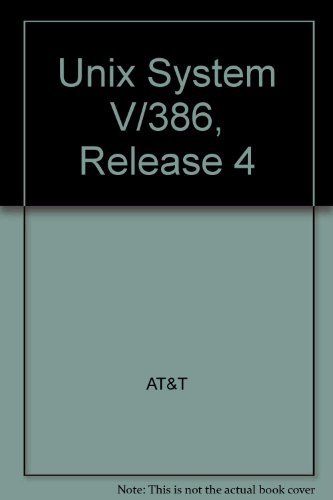Practitioner’s Guide to Evaluating Change with Neuropsychological Assessment Instruments (Critical Issues in Neuropsychology)
Until now, clinical neuropsychologists had few guidelines to assist them in determining if a change in a patient's performance across assessments was due to an intervention, maturation, practice effects or a combination of factors.
The editors of Practitioner's Guide to Evaluating Change With Neuropsychological Assessment Instruments have done a thorough review of the literature from 1970-1998 and extracted and compiled all reported information on practice effects. Each table in this volume includes information on the subject/patient groups, the n, gender, age, intervention, interval between assessments, scores at both assessment points, and the original reference citation. The tables are listed alphabetically for the seventy-five most widely used assessment instruments.
This one-of-a-kind reference will provide clinicians, as well as researchers with an invaluable resource.
Doody Review Services
Reviewer:Gitry Heydebrand, PhD(Washington University School of Medicine)
Description:This is a compilation of study results in which practice effects with neuropsychological measures are examined that were published between 1970 and 1998.
Purpose:The intent of the authors is to provide a resource to assist the clinical neuropsychologist practitioner in interpreting the results of serial neuropsychological assessments. The current clinical literature contains few guidelines on the interpretation of possible practice effects which might contaminate the test results due to serial assessments. Data are provided in summary tables based on recent studies, for the purpose of comparing assessment results with what would be expected based on what has been reported in the literature for a given population.
Audience:The authors intend this book primarily for clinical neuropsychologist practitioners who probably should have considerable experience in assessment in order to effectively use the data. Psychologists without extensive knowledge of interpretive guidelines for neuropsychological scores may find the tables fairly confusing.
Features:The format consists of a brief chapter with discussions of practice effects and person-specific variables (age, gender, intelligence, education, and disease process), followed by the bulk of the text which is devoted to tables, grouped by assessment instrument, summarizing the effects of practice-effect studies. There are numerous abbreviations requiring reference to the index.
Assessment:The authors provide an exhaustive summary of the current literature related to serial neuropsychological assessment. This compilation of data may be more relevant to researchers than clinicians, as the tables require considerable comparison and interpretation. Practitioners may find the information helpful in interpretation of test results once they have assimilated the findings, although the guidelines for interpretation consist of only one illustrative sample demonstrating how to compare study findings with previous research results. The authors also published the Practitioner's Guide to Evaluating Change with Intellectual Assessment Instruments (Kluwer Academic Publishers, 2000), which serves as a companion to this text. The book represents a first step in summarizing data that are very relevant to neuropsychological assessment.
Literary Collections
| Name in long format: | Practitioner’s Guide to Evaluating Change with Neuropsychological Assessment Instruments (Critical Issues in Neuropsychology) |
|---|---|
| ISBN-10: | 030646361X |
| ISBN-13: | 9780306463617 |
| Book pages: | 566 |
| Book language: | en |
| Edition: | 2000 |
| Binding: | Paperback |
| Publisher: | Springer |
| Dimensions: | Height: 10 Inches, Length: 7.01 Inches, Weight: 4.8060773116 Pounds, Width: 1.29 Inches |
















